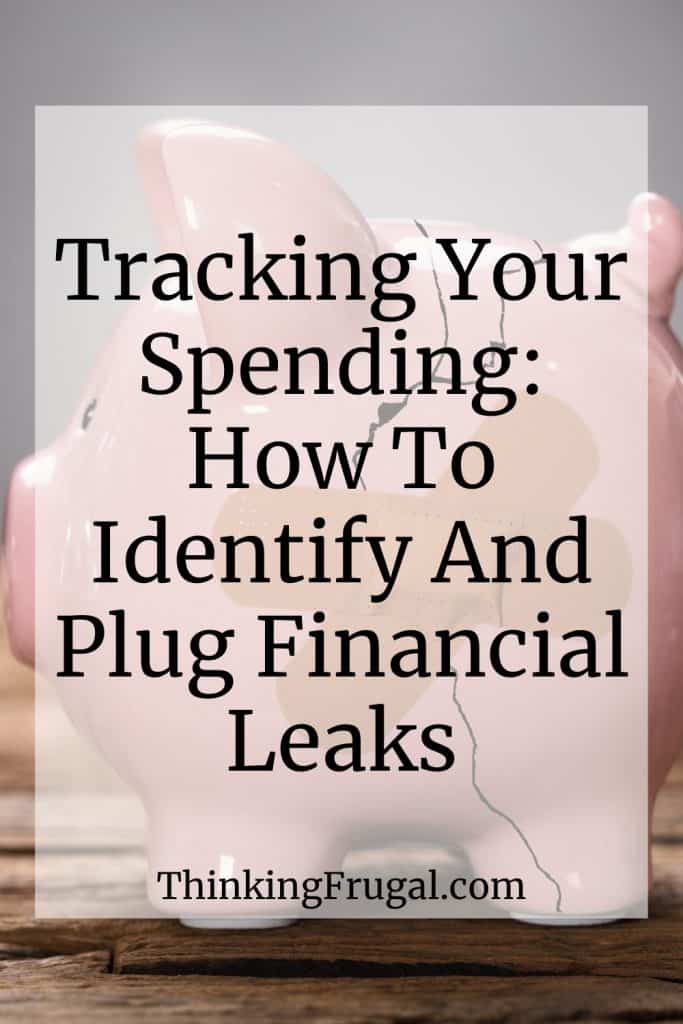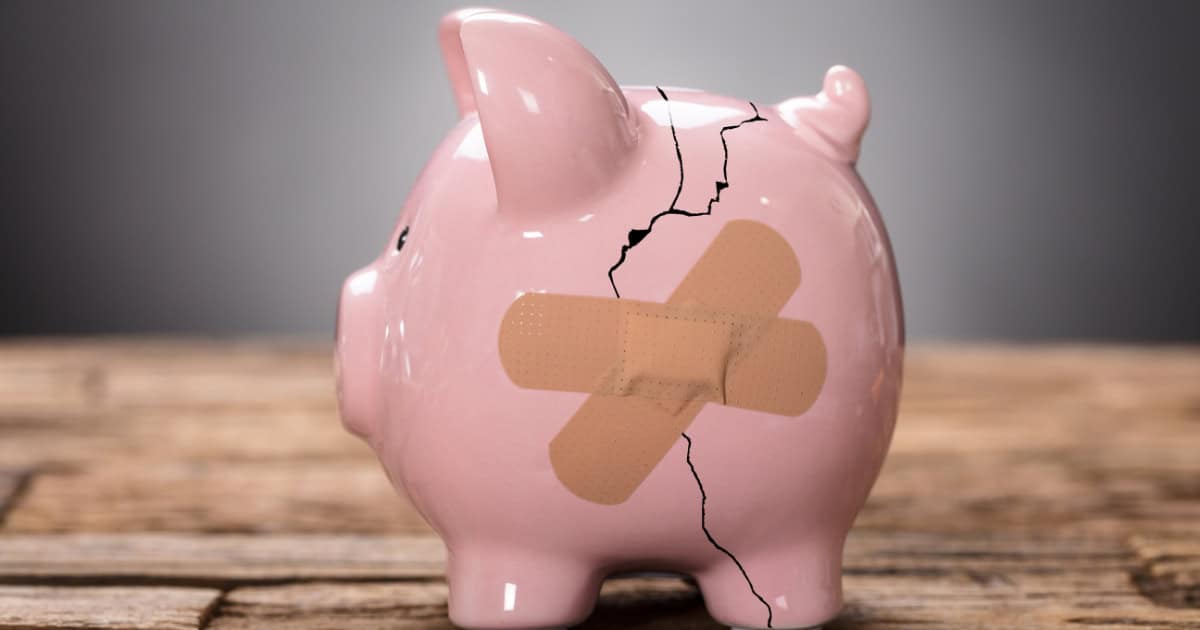Tracking Your Spending: How to Identify and Plug Financial Leaks
I make money on some of the products and services I mention on Thinking Frugal through affiliate relationships. I never endorse a product or service unless I believe it will benefit my readers.
In today’s fast-paced world, managing our finances has become more crucial than ever. In pursuing financial well-being, understanding where your money goes is paramount.
We work hard to earn money but often wonder where it all goes. It’s as if our bank accounts have hidden leaks, slowly draining our resources without us even realizing it.
But fear not because we’ll explore the art of identifying and plugging financial leaks. I’ll provide tips on how to spot these leaks and offer practical strategies to plug them once and for all.
Learn how a proactive approach can empower you to make informed decisions, boost savings, and navigate the path to a more secure and thriving financial future.
Let’s dive in and take control of our financial well-being!
Make an Extra $100+ Per Month for Free:
Earnably: Earn gift cards or PayPal cash to watch videos, complete surveys, and more.
GrabPoints: Earn money watching videos, completing surveys, downloading apps, and more.
Ibotta: Get paid to shop.
InboxDollars: Get paid to watch videos, shop, complete surveys, and more.
InstaGC: Earn gift cards, or PayPal cash by watching videos, taking surveys, shopping, and more.
Swagbucks: Earn gift cards, or PayPal cash by watching videos, taking surveys, shopping, and more.

Why Identifying Financial Leaks is Important
Identifying and plugging financial leaks is crucial for several reasons:
- Financial Efficiency: Identifying leaks helps optimize your budget and ensures that money is allocated efficiently, meaning more resources can be directed towards essential expenses, savings, or investments.
- Savings Accumulation: Plugging leaks allows you to save more money over time. Tiny, unnoticed expenses can add up significantly, and by addressing these leaks, you can increase your savings and build a financial cushion.
- Debt Reduction: Financial leaks may contribute to unnecessary debt accumulation. By identifying and eliminating these leaks, you can redirect funds towards debt repayment, reducing overall interest payments and achieving financial freedom sooner.
- Financial Goals: Plugging leaks ensures that your financial resources align with your goals. Whether it’s saving for a home, education, or retirement, identifying leaks helps you stay on track and achieve your objectives faster.
- Emergency Preparedness: Financial leaks can compromise your ability to handle unexpected expenses. By plugging these leaks, you create a more robust financial foundation, better equipping you to deal with emergencies without resorting to high-interest debt.
- Improved Financial Awareness: Correcting financial leaks promotes a mindful and disciplined attitude toward spending. Increased awareness can lead to better financial habits, helping you make informed decisions about your money.
- Increased Investment Opportunities: Plugging financial leaks frees up money to go toward investments, leading to increased wealth over time, as investments have the potential to grow and generate additional income.
Identifying and stopping financial leaks is essential for achieving financial stability, reaching financial goals, and ensuring that your money works for you in the most effective way possible.
How to Identify and Plug Financial Leaks
Start by Tracking Your Spending
Before you can identify where the financial leaks are, you need to know where your money is going. The first step is to track your spending for a full month. Tracking means keeping track of everything you spend money on, down to the most minor cent.
Use a notebook, spreadsheet, or app to keep track of expenditures and compare your spending to how much money you have coming in. Tracking what you spend will give you a clear picture of where your money is really going.
Identify the Leaks
Once you have a good handle on your spending, take a close look at where your money is going. Are there categories or habits that are draining your funds?
Common leaks include coffee shop visits, dining out, online shopping, subscriptions for services you don’t use, and impulse buys online. These seemingly minor expenses can quickly add up, often without you even realizing it.
Plug the Leaks
Once you’ve identified where your money is going, it’s time to act. Start by cutting out any subscriptions, memberships, or other services you don’t use or need.
Next, automate your savings by setting up automatic transfers into a savings account each month. This way, you are paying yourself first and prioritizing savings.
If dining out or buying coffee is a top culprit, consider alternatives like brewing coffee at home or meal prepping.
Finally, find creative ways to save money, like buying in bulk or scouring thrift stores for deals.
Stay Accountable
One of the best ways to make sure you are sticking to your newfound plan is to stay accountable. Share your progress with friends, find an accountability partner, or use a financial tracking app to help you stay on track.
Review your budget monthly and adjust it based on your spending habits. If you find that a particular expense has crept back in, be willing to adjust your plan as needed to stay on track.
Celebrate the Success
Finally, it’s important to celebrate and acknowledge your hard work and success. Whether you reach your saving goals or cut your expenses in half, whatever your achievement is, take the time to recognize and celebrate it.
Celebrating helps motivate you to continue your financial plan and keeps you on the path to success.
Final Thoughts
The key to financial success is often in the small details. By taking the time to identify and plug up financial leaks, we can create a more solid financial foundation for ourselves and our families.
So take the time to track, identify, and plug the leaks; you could be surprised at how much money you can save.







